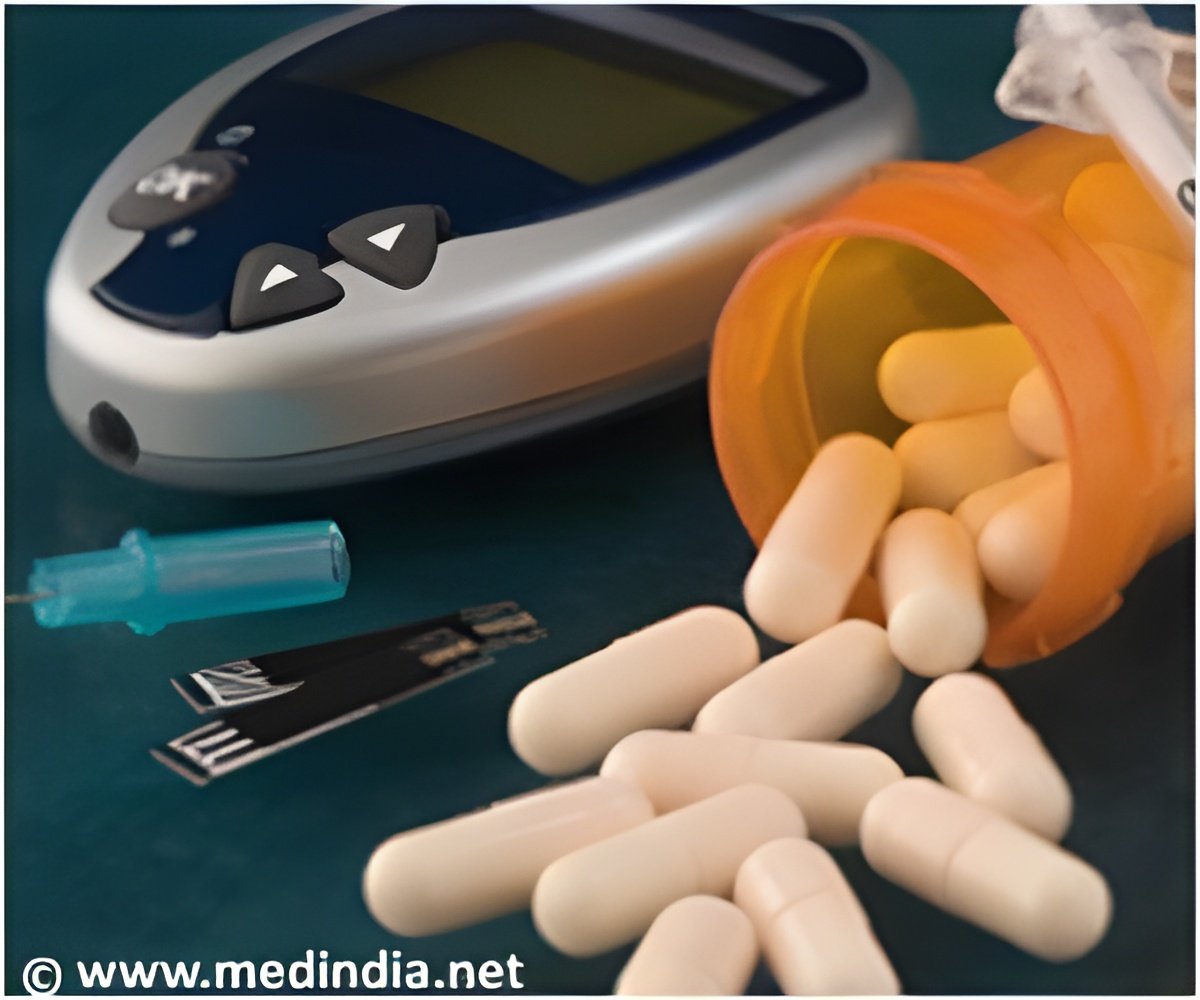A molecule combining the properties of two endocrine hormones is an effective treatment for adult-onset diabetes, say Indiana University researchers.

"The results demonstrate that GLP-1 and GIP, when built into a single molecule, provide synergistic activity to control glucose and lower body weight across a spectrum of animal models, including in human clinical experiments," DiMarchi said.
The study continues a longtime collaboration between DiMarchi, the Standiford H. Cox Distinguished Professor of Chemistry and the Linda & Jack Gill Chair in Biomolecular Sciences in the IU Bloomington College of Arts and Sciences, and Matthias Tschöp, director of the Institute for Diabetes and Obesity at the Helmholtz Zentrum München, Germany. It began when Tschöp was at the University of Cincinnati.
The paper, "Unimolecular Dual Incretins Maximize Metabolic Benefits in Rodents, Monkeys and Humans," is being published online this week by the prestigious journal Science Translational Medicine. The researchers have previously published positive preclinical results for other targeted peptide treatments, but this marks the first time the results have extended to clinical trials in humans.
Lead authors are Brian Finan and Ma Tao, both formerly of DiMarchi's lab at IU Bloomington. Finan is now with the Institute for Diabetes and Obesity at the Helmholtz Zentrum München. Tao is with Beijing Hanmi Pharmaceutical in China. Co-authors, in addition to DiMarchi and Tschöp, include Bloomington scientists David Smiley, Vasily Gelfanov and Bin Yang.
"The integrated combinatorial action of these two physiological hormones provides a unique and beneficial approach to treating the metabolic syndrome," Finan said. "It represents an important step forward in our search for more effective therapeutic options."
The higher potency of the combined molecule suggests it could be administered at lower doses than previously developed medications, reducing side effects such as nausea and vomiting.
Best-in-class medications, such as the drugs trademarked as Byetta and Victoza, target GLP-1 receptors. But previous studies involving GIP have produced conflicting results, with some suggesting that activating GIP receptors can increase rather than reduce weight gain. The current study, DiMarchi said, demonstrates clearly that combining GLP-1 and GIP can produce improved therapeutic effects.
The research included extensive studies with animals, including mice, rats and monkeys. The combination molecule proved considerably more effective than currently approved medications in controlling blood glucose and reducing weight. In some outcomes, it achieved results comparable to those that resulted from a 10-fold higher dose of agents that target only GLP-1 receptors.
Clinical trials conducted by Roche produced a decrease in glucose levels beyond what would be expected from conventional medicines. The six-week trial was not of significant duration to provide definitive evidence about weight loss in humans.
Source-Eurekalert
 MEDINDIA
MEDINDIA




 Email
Email





